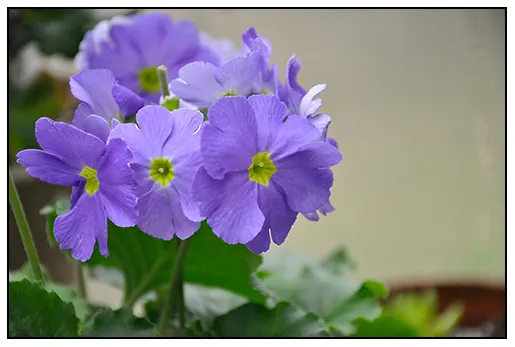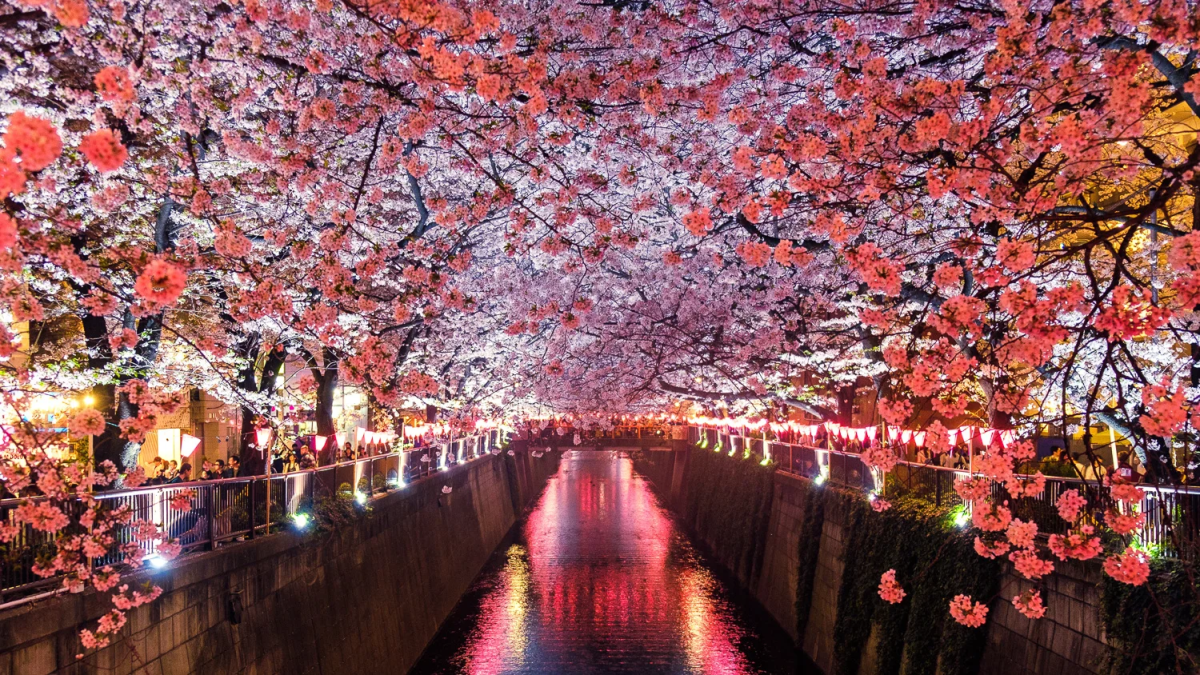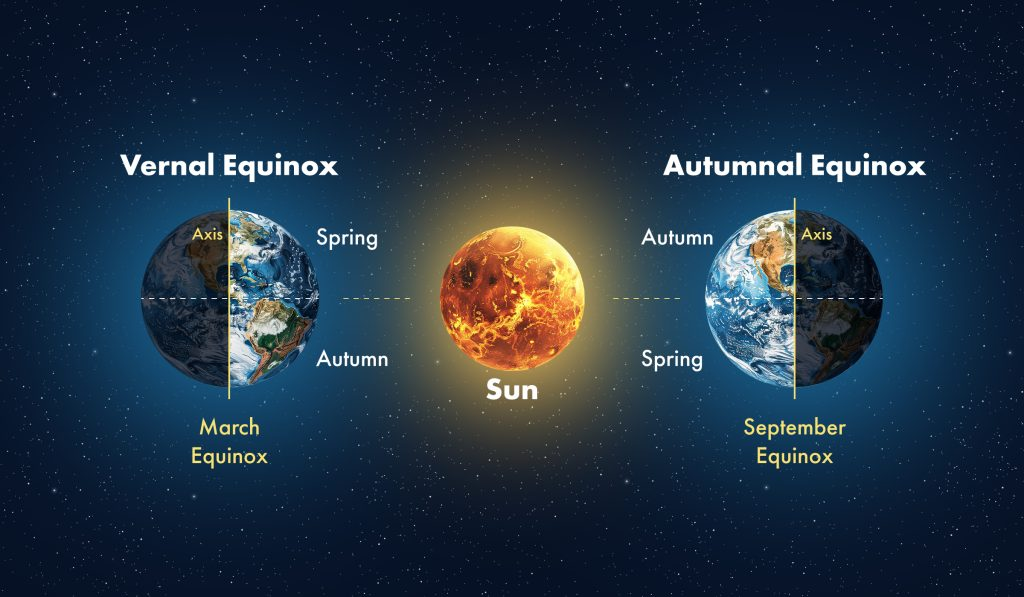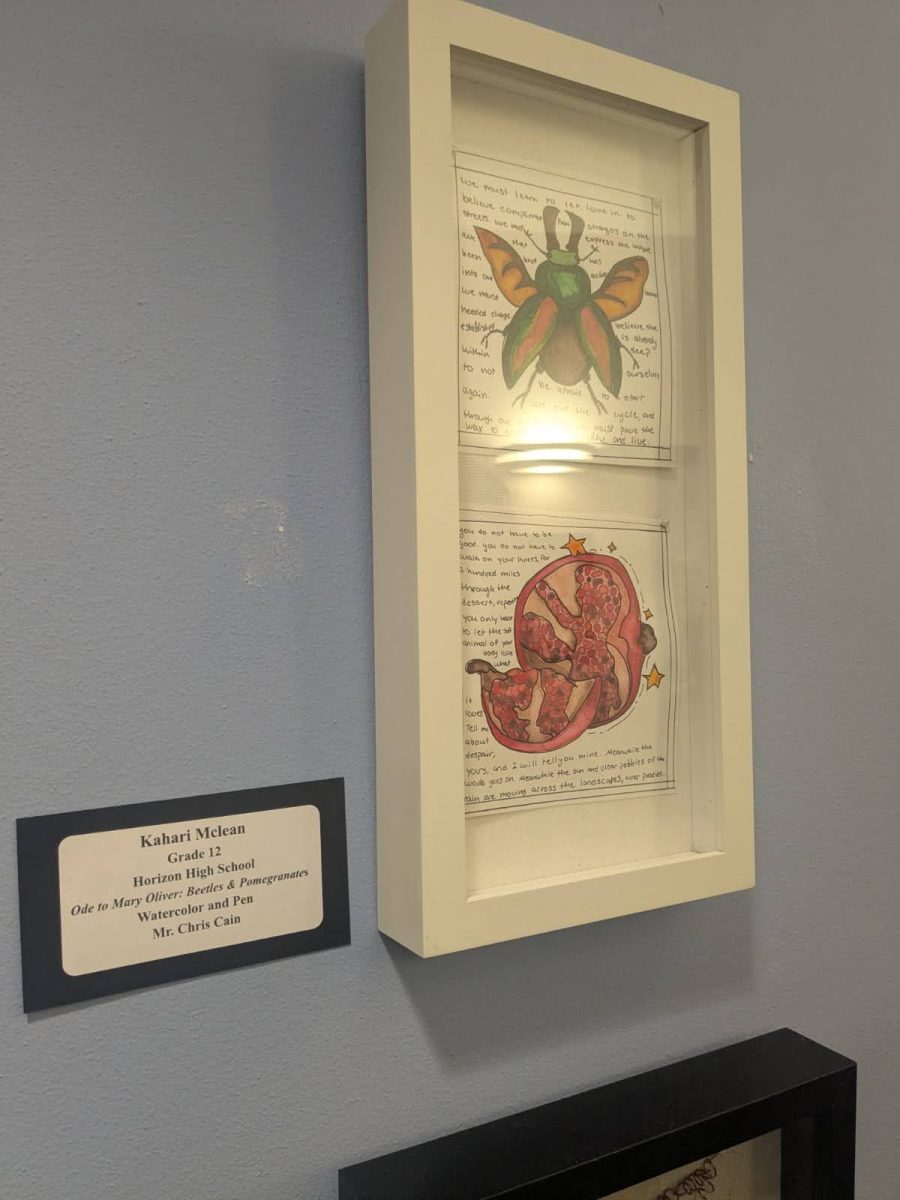
Fun fact, did you know that the primrose flower is the second birth flower of the month of February?
The primrose flower or in scientific terms Primula vulgaris, is a genus of herbaceous flowering plants in the family Primulaceae. Other common species are P. auricula, P. veris, and P. elatior. The primrose is a small perennial woodland plant. It can grow no more than 10 centimeters high. Its color is pale to deep yellow with dark yellow-orange centers. The leaves are wrinkly with hairy undersides that form a rosette at the plant base. Single flowers have five notched petals that form on the ends of upright woolen stalks.
For one of the first woodland blooms, primrose habitat is in woodland clearings and grassland. They are widespread across Britain and Ireland. The primrose is one of the first spring flowers to bloom. Its flowering season is from December to May. The flower can be grown in borders, woodland gardens, rock gardens, or even containers. This makes them a versatile addition to any garden. The best place to grow primrose is in cool, moist environments with partial shade.
The primrose flower is an important nectar source for butterflies. They also attract bees and other beneficial insects. The primrose contains compounds that have been used for centuries to treat a variety of ailments such as headaches, asthma, and skin irritations.
With the primrose being one of February’s birth flowers. It is said in the Victorian era, a gift of primroses was a declaration of love. They represent eternal love and symbolize innocence, youth, and new beginnings. In Irish folklore, primroses left at the doorway protected the home from fairies.
Another fun fact, did you know that Queen Victoria used to send primroses to prime minister Benjamin Disraeli because they were his favorite flowers?







